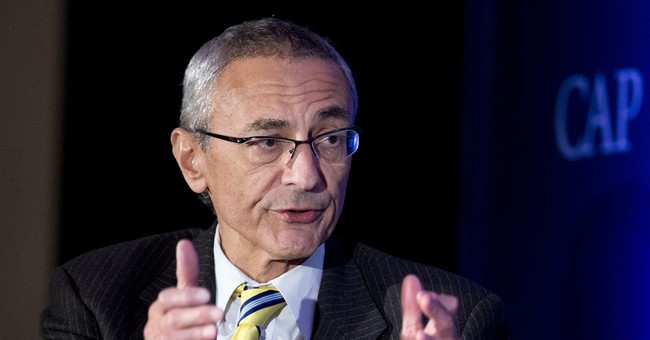
On October 24, 2017, it was disclosed that the DNC and the Clinton campaign had paid Fusion GPS through the Perkins Coie law firm to create the dossier. This disclosure was made by the firm’s general counsel in a letter which can be viewed here.
On October 26, 2017, CNN reported “three sources familiar with the matter” had told them that in private discussions with congressional investigators, both 2016 Clinton campaign manager John Podesta and former DNC chairwoman Debbie Wasserman Schultz had “denied any knowledge about an arrangement to pay for opposition research on President Donald Trump.”
One of the sources told CNN, “The interviews happened before this week’s disclosure that the Clinton campaign and DNC paid for the research. Senate investigators may seek to further question the two top Democrats and dig deeper on the origins of the so-called Trump dossier.”
Even CNN found it “crazy” that the campaign’s manager and the chairwoman of the DNC denied knowing about this transaction.
They wrote that it was standard operating procedure to keep the details of opposition research from the candidate.
This gives the candidate plausible deniability about what is one of the most important, least understood and most maligned elements of modern campaigns.
But there has to be someone in the campaign — at a very high level — who is aware of everything the campaign is doing. That includes whether and when a law firm being paid by the campaign is, in turn, using campaign dollars to fund an opposition research effort.
Marc Elias, a partner at Perkins, Coie, represented both the DNC and the Clinton campaign. In April 2016, he hired Fusion GPS on their behalf.
Prior to April 2016, Fusion GPS had been commissioned by the Washington Free Beacon to provide opposition research on candidate Donald Trump. In April, the Free Beacon ended their relationship with Fusion, and the firm’s founder, Glenn Simpson, approached Elias to see if he might be interested in continuing the research.
He was.
Podesta testified under oath before the House Intelligence Committee on December 4, 2017. He told lawmakers that the cost of the infamous Steele dossier had been split 50-50 between the Clinton campaign and the DNC. As mentioned, we learned on October 24, 2017, that the Clinton campaign and the DNC had paid for this research, however, it was reported that the campaign paid $1 million and the DNC paid the balance. The total was said to be approximately $12 million. Now, we’re finding out it had been a 50-50 split.
(It’s worth noting that the Clinton campaign had previously bailed out a nearly bankrupt DNC and afterward, essentially controlled it.)
From the John Podesta transcript released on May 7:
Rep. Brad Wenstrup (R-OH): You previously had been represented by someone with Perkins Coie when you have been before us before.
Wenstrup: Mr. Elias. Okay. So you know Mr. Elias and have known him for some time. Let’s go back to the Senate hearing, which I think was being referred to before. And that was September 18th, as I’ve been told. ls that correct? Does that ring a bell or sound close?
Podesta: Yes.
Wenstrup: And you testified then you did not know who paid Fusion GPS.
Podesta: I don’t have a transcript in front of me. I don’t know that that was the precise question. I think that I only learned subsequently that the payments were made through Perkins Coie, 50 percent from the campaign, 50 percent from the DNC. I didn’t know that at the time I was before the Senate.
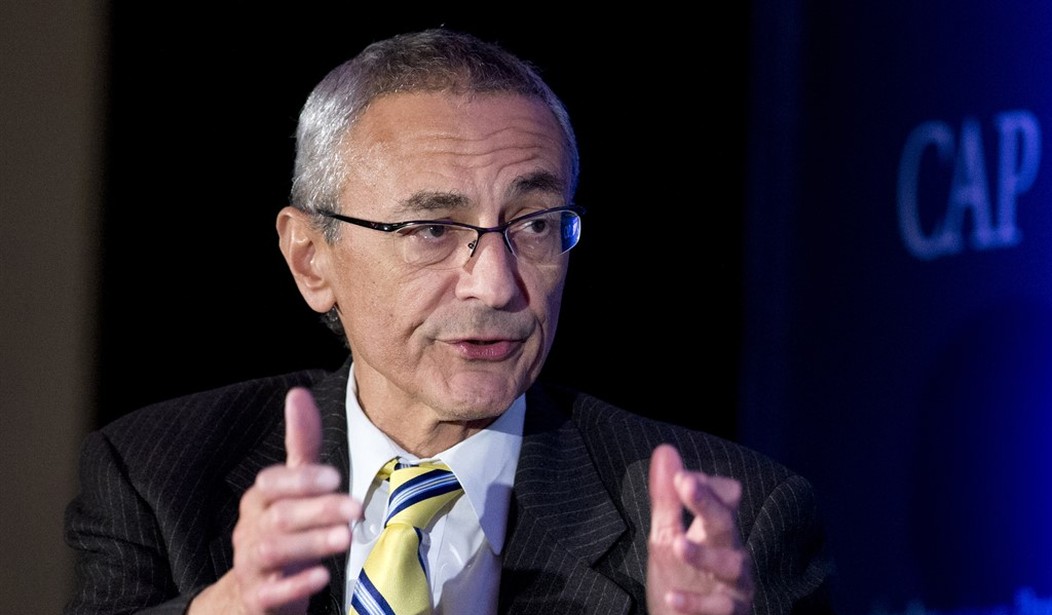


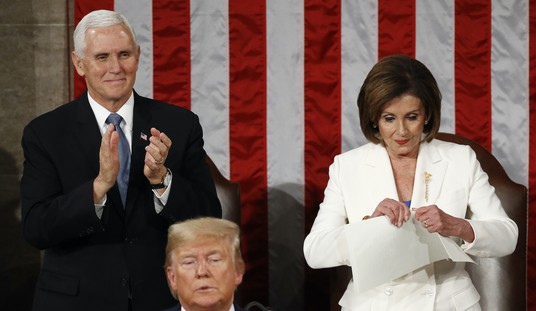




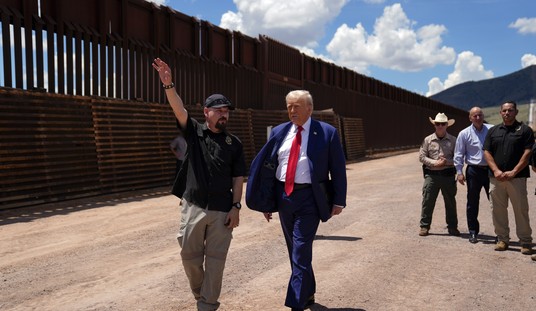


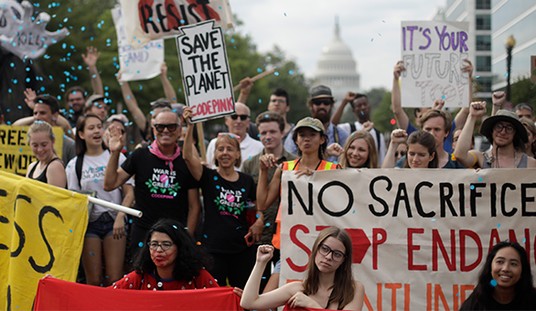
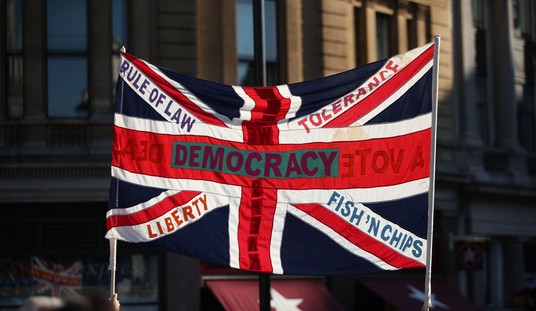
Join the conversation as a VIP Member